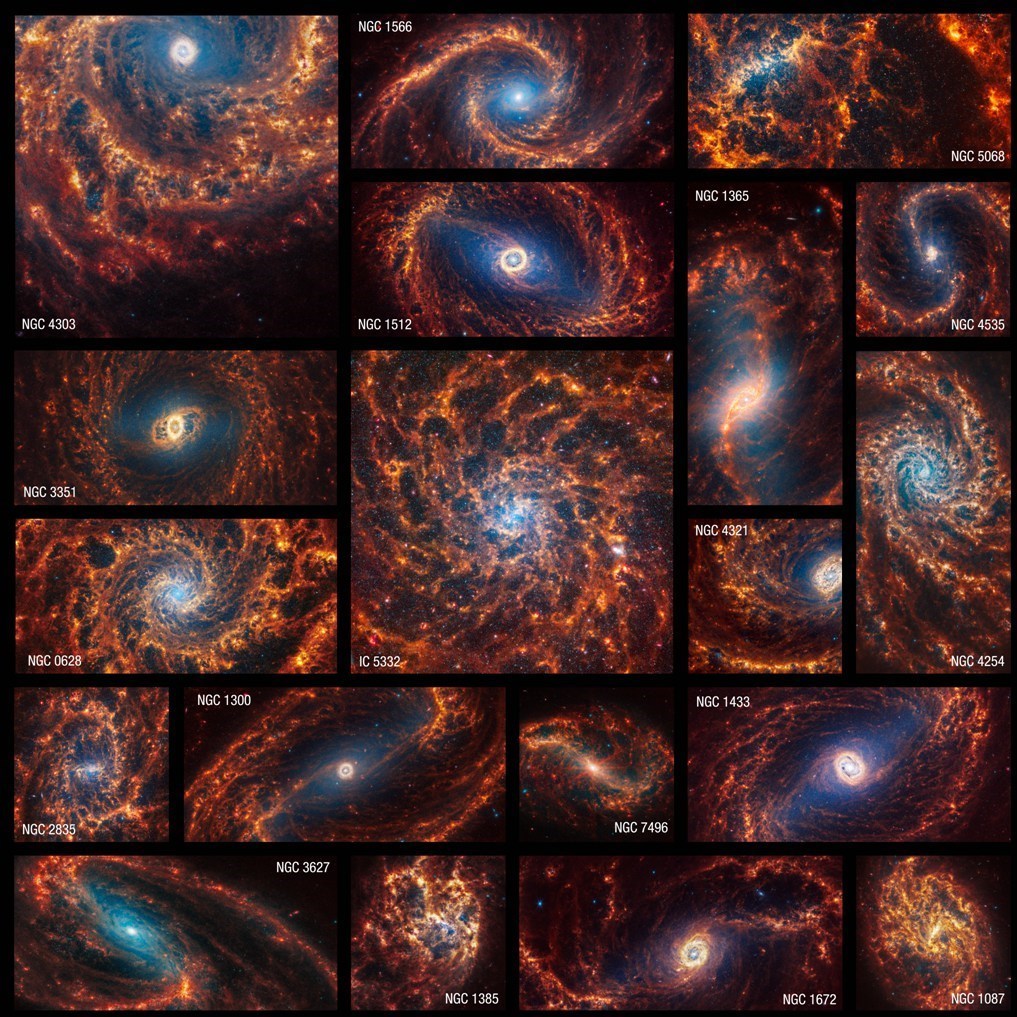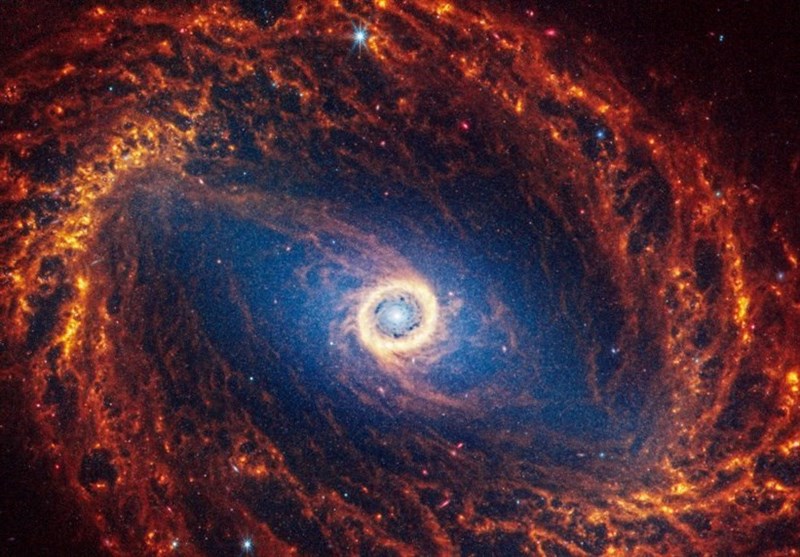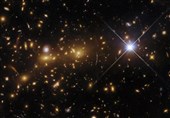Webb Telescope Unveils 'Stunning' Images of 19 Spiral Galaxies
TEHRAN (Tasnim) – Captured by the James Webb Space Telescope (JWST), a set of mesmerizing images showcasing 19 spiral galaxies near our Milky Way has been released, providing fresh insights into star formation, galactic structure, and evolution.
Released on Monday, these images are a result of the collaborative effort of scientists participating in the Physics at High Angular resolution in Nearby GalaxieS (PHANGS) project, spanning various astronomical observatories.
The closest galaxy among the 19, NGC5068, resides approximately 15 million light years away from Earth, emphasizing the vastness of the cosmos. A light year, representing the distance light travels in a year, is about 9.5 trillion kilometers.
Launched in 2021, the JWST commenced data collection in 2022, significantly impacting our comprehension of the early universe while capturing breathtaking cosmic images. Unlike the Hubble Space Telescope, which primarily observes the universe in optical and ultraviolet wavelengths, the JWST focuses predominantly on the infrared spectrum.

Spiral galaxies, akin to colossal pinwheels, are a prevalent galaxy type, with our Milky Way falling into this category.
The images were obtained through Webb's Near-Infrared Camera (NIRCam) and Mid-Infrared Instrument (MIRI), revealing approximately 100,000 star clusters and potentially billions of individual stars.
Thomas Williams, an astronomer from the University of Oxford leading the team's data processing, highlighted the significance of these findings, stating, "These data are important as they give us a new view on the earliest phase of star formation."
Williams explained that stars are born within dense, light-blocking clouds, which illuminate at JWST wavelengths. The observations shed light on the previously poorly understood initial stages of star formation.
Addressing the structural aspects of spiral galaxies, Williams added, "The commonly held thought is that galaxies form from the inside-out," and the spiral arms and bars play crucial roles in shaping their development.
These images represent the first time scientists can discern the detailed structure of dust and gas clouds where stars and planets originate, surpassing the boundaries of the Milky Way's galactic satellites, the Large Magellanic Cloud and Small Magellanic Cloud.
Janice Lee, an astronomer from the Space Telescope Science Institute in Baltimore and principal investigator for the new data, expressed the significance of the images, stating, "The images are not only aesthetically stunning, they also tell a story about the cycle of star formation and feedback."
Lee emphasized that the images provide valuable insights into the energy and momentum released by young stars into the space between stars, showcasing a dynamic process in the overall star formation cycle.
Erik Rosolowsky, an astronomer from the University of Alberta, highlighted how Webb's infrared view surpasses Hubble's limitations. "With Webb's view in the infrared, we can see through this dust to see stars behind and within the enshrouding dust," Rosolowsky noted, underscoring the telescope's capability to unveil previously obscured aspects of galaxy operations.






